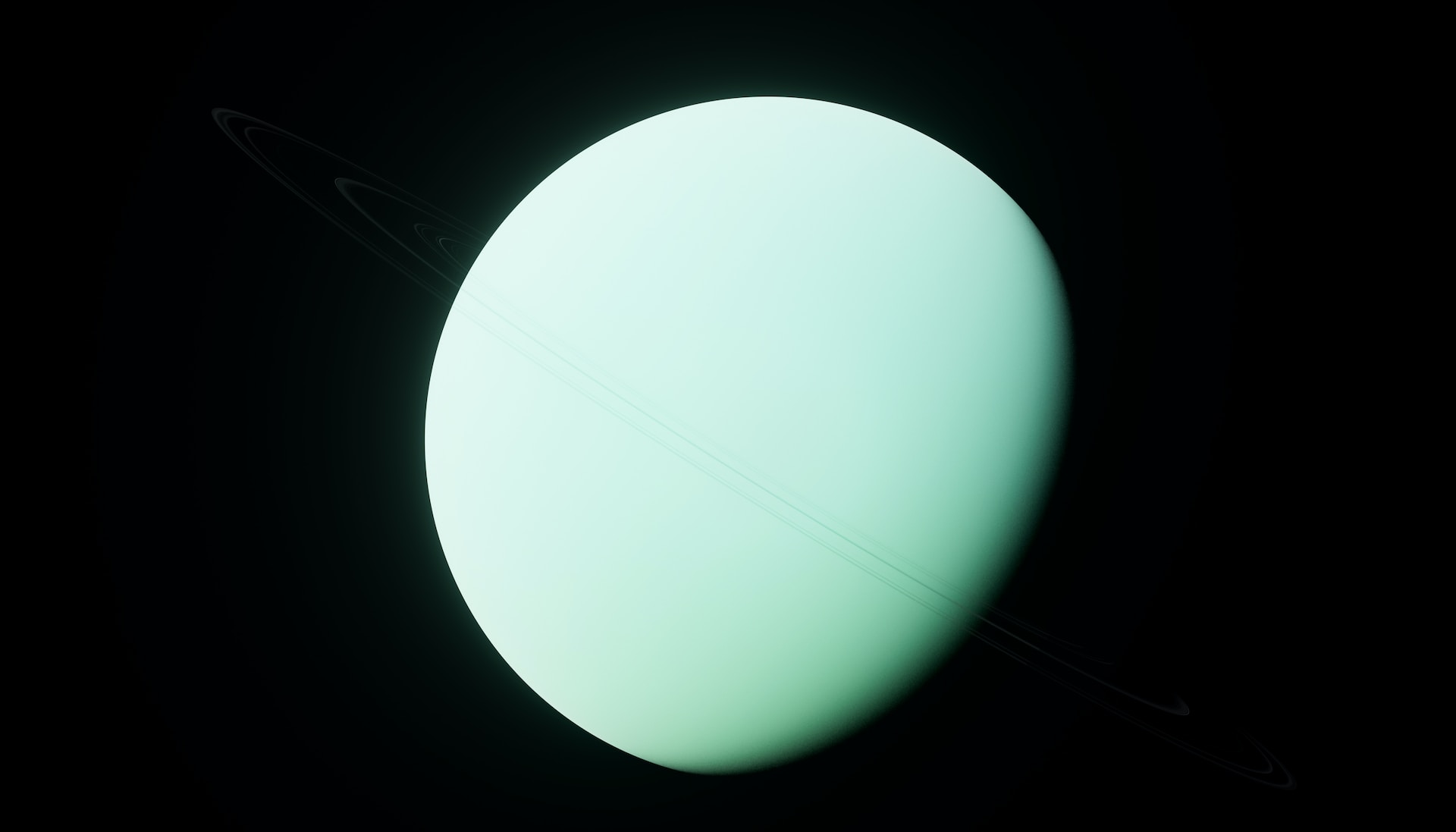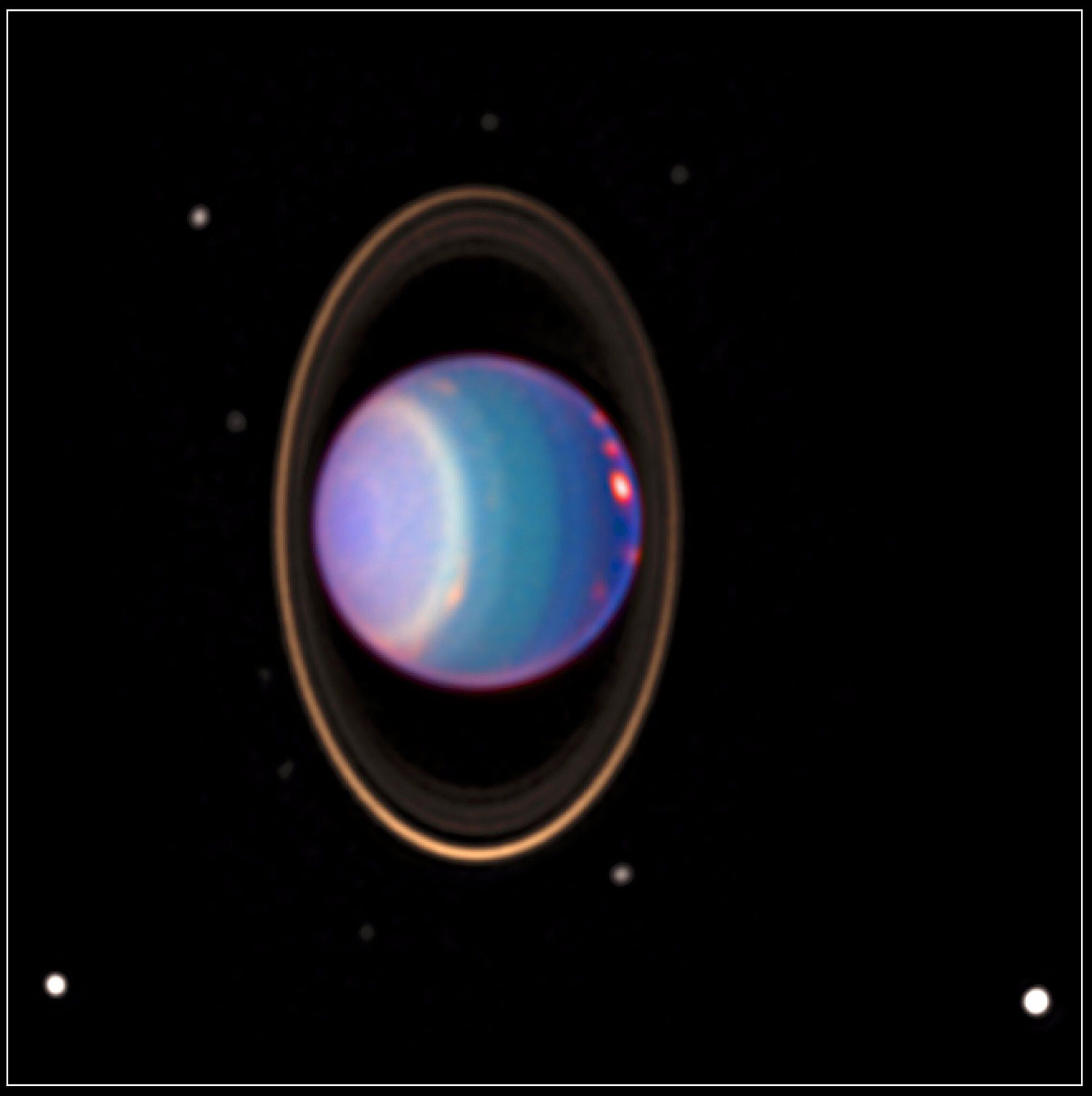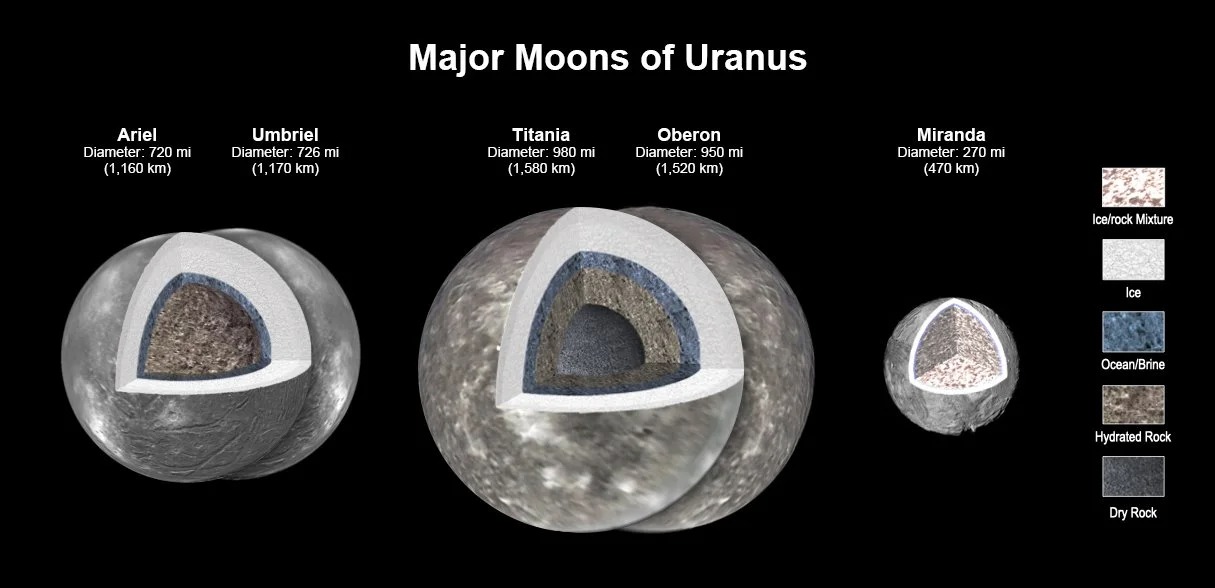When it comes to exploring the planets of our Solar System, most attention is paid to the planets closest to Earth. The inner planets of the Solar System are easier to visit, and Jupiter and Saturn are clearly visible through telescopes. However, more distant planets, such as Uranus and Neptune, are not given such attention, so they are less studied. But recent research gives an even greater impetus to launch new missions to Uranus – scientists believe that the planet’s four moons may contain water.

Researchers from NASA’s Jet Propulsion Laboratory reanalyzed data from the Voyager 2 mission that flew past Uranus in the 1980s to look at the five largest of the 27 moons: Ariel, Umbriel, Titania, Oberon and Miranda. Modern computer simulations using old data have found that four of these moons probably possess oceans of liquid water under an icy crust.
The diagram below shows as it is believed that the inner part of the five largest moons with layers of ice, rocks and water consists of. Incredibly, at such a huge distance from the Sun, where the surface temperature of the moons is very low, there may be salty oceans, because they are isolated by a thick layer of ice and seem to contain ammonia acting as an insulator. Modeling showed that such a subsurface structure could help heat and maintain water in a liquid state by internal thermal mechanisms.

The isolation effect is similar to the icy moons around Jupiter and Saturn, which are also believed to contain oceans and are targets for exploring the possibility of life. There seems to be a wide range of places where rare oceans of water can be found, even if they are outside the “habitat zone”.

On dwarf planets and moons, planetary scientists have previously found evidence of the existence of oceans in several unlikely places. Among them are Ceres and Pluto, as well as Saturn’s moon Mimas. So there are mechanisms in their interior that we don’t fully understand,” explained planetary scientist Julie Castillo-Rogez from NASA.
Earlier we reported on how a billion tons of water were discovered on the Moon.
According to NASA
Follow us on Twitter to get the most interesting space news in time
https://twitter.com/ust_magazine

